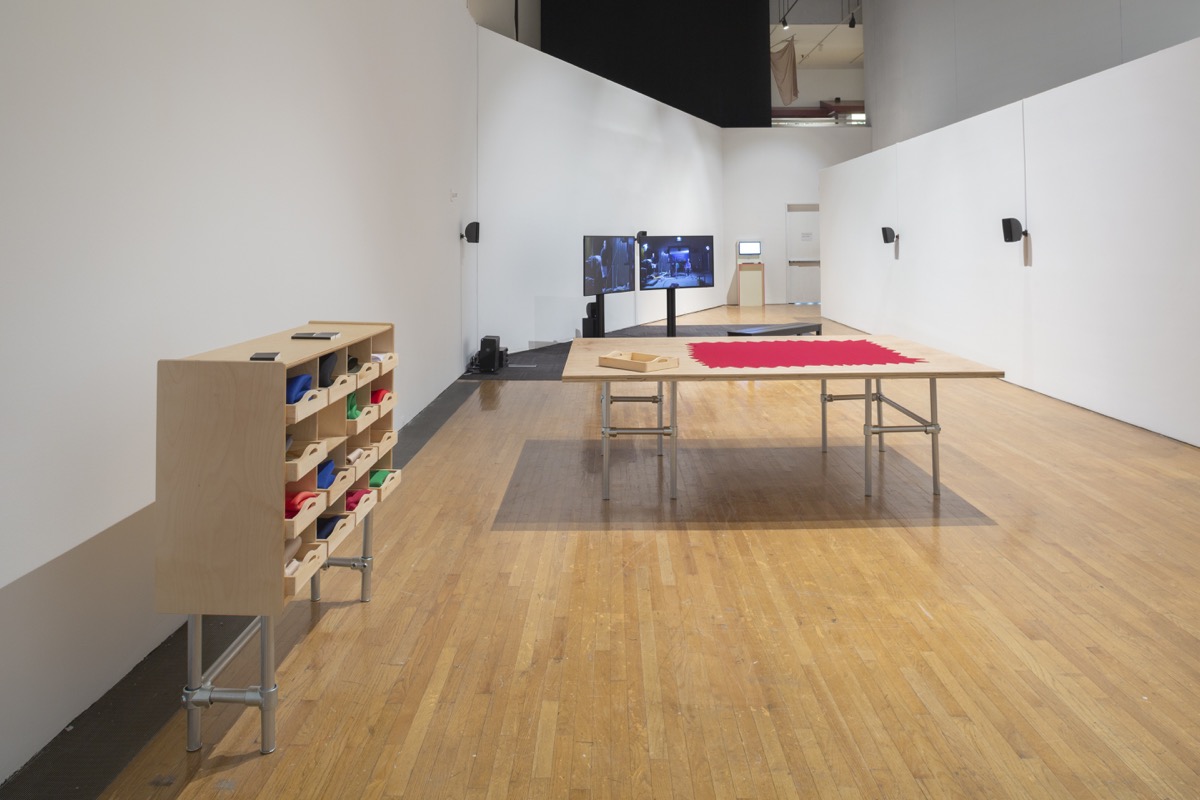| Gabo Camnitzer |  |
|||
| For a long time I've been focused on how the reductiveness of our dominant structures of knowledge inhibits an ability to account for difference and inhabit contradiction. This has led me to focus on childhood as a primary site of struggle over meaning and representation. A lot can be learned by looking at how childhood is constructed, and how specific children resist and exceed its definitions. |  |
|||
| Does a child pose more resistance to dominant structures? Tell us about the artwork that results. | Does a child pose more resistance to dominant structures? Tell us about the artwork that results. | A child is incredibly susceptible to the assimilatory forces of dominant structures. That said, they are also uniquely situated to identify the shortcomings of these structures due to their position on the threshold of socialization. In pursuing their own emergent modes of research and meaning-making, children often enact forms of resistance that expose the inadequacies of taken-for-granted ways of knowing and being. But this resistance is very easy to miss or disregard by those in positions of power. An active effort has to be made to hear and see what children are saying and doing. This is predicated on viewing children not as mere recipients of knowledge, but as active producers of it. Children often subtly demonstrate resistance to the ways compulsory education forcibly separates them from each other and conditions them to define themselves based on self-sufficiency. But in order to appreciate children's resistance in this regard, one has to first value children as social agents. Let's take the example of an 8-year-old child caught looking at another student's paper during a state-mandated exam. She offers the honest explanation that she didn't know the answer, but her friend beside her, with whom she shares everything, did. We could attribute this behavior to a lack of integrity, or an inability to follow rules; or we could view it as a manifestation of resistance to structural individuation – one that exposes its counter-intuitiveness. In this case, viewing the child's actions solely from the perspective of the taken-for-granted prevents us from appreciating the critique her behavior is offering. The question becomes how can we help children expand in their capacity as producers of knowledge, and as political agents. With my work as a teacher and artist, I want to contribute to a reconceptualization of childhood in a way that affords children agency, not in the neoliberal sense of individual choice, but in the sense of social responsibility and collective creativity. With this in mind, I have been developing spaces for experimentation that scaffold children in exploring their immanent ways of knowing and being. This work often takes the form of classroom exercises, participatory installations, and collaborations. In certain instances I ask children to set their sights on specific adultist constructions. This is the case with the project Evil Shapes. |
||
 |
What should we know about your practice that's not necessarily visible in the work? | What should we know about your practice that's not necessarily visible in the work? | ||
| I am an adult. | ||||
| I used to think of society as a mixer-board where the levels of individual tracks could be readjusted in order to make the mix just right. The volume of certain tracks could be brought up in the mix, others could be turned down, to redress the balance. But this metaphor necessitated the existence of a producer capable of designating the respective volumes of tracks. It also privileged the representation of the performance over the performance itself. "Volume" to me suggests differentials of claims on attention. Whether it be size, loudness, or the cataloguing of information, "volume" evokes a mode of measurement that privileges that which can lay claim to space. |
||||
| prev | Gabo Camnitzer (b. 1984, New York, NY) earned an MFA from Valand Academy, Gothenburg, Sweden (2008), attended the Whitney Independent Study Program (2018), and was a research fellow at the Royal Institute of Art, Stockholm (2016). He has presented his work internationally, including shows at Artists Space, New York, NY (2018); Tenthaus, Oslo, Norway (2018); GfZK, Leipzig, Germany (2018); and Västerås Art Museum, Västerås, Sweden (2017). Camnitzer is Assistant Professor of Professional Practice at the School of the Arts, Columbia University, and sits on the editorial board of the art journal Paletten. He lives and works in Ridgewood, Queens. | next | ||
| prev | next | |||





